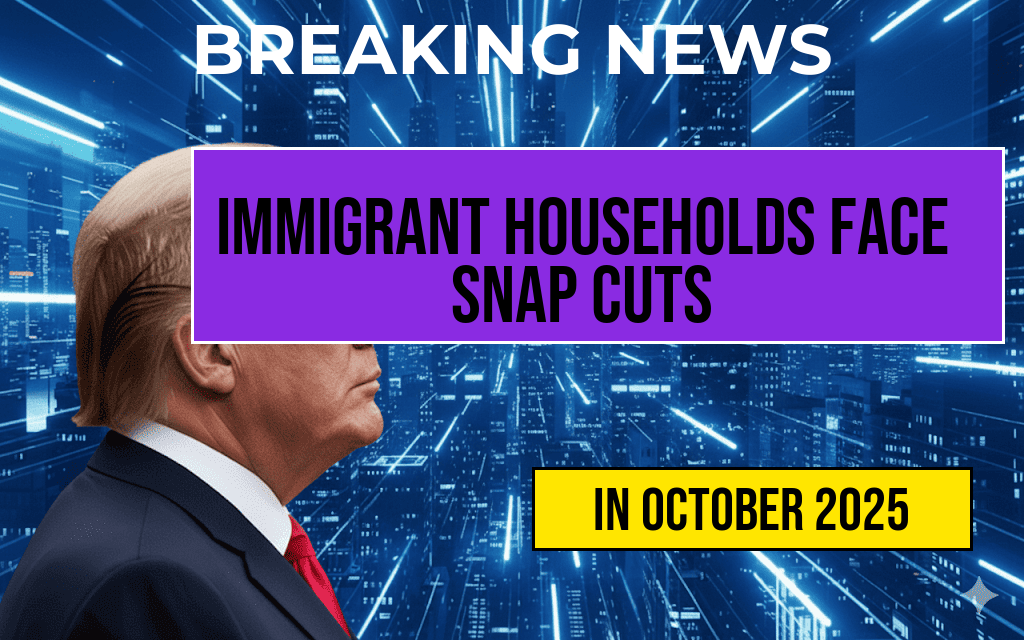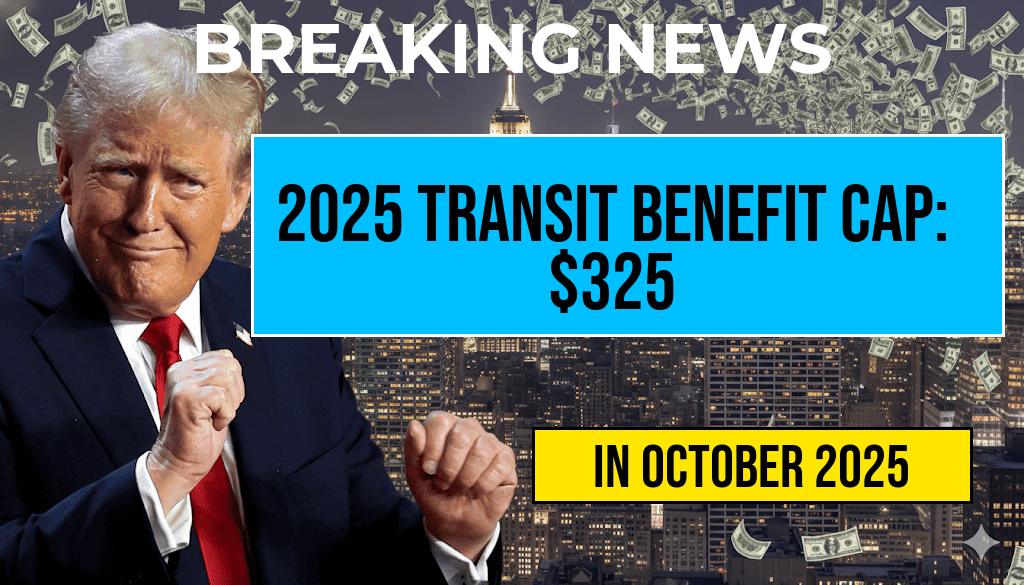President Donald Trump’s latest proposal aims to significantly overhaul the Social Security Disability Insurance (SSDI) program, with plans to cut approximately $82 billion over a decade and reduce benefits for roughly 750,000 individuals. The initiative, announced as part of broader efforts to curb federal spending, has sparked widespread debate among lawmakers, advocacy groups, and beneficiaries. Critics argue that the proposed changes threaten the financial stability of vulnerable populations, while supporters contend that the reforms are necessary to address program sustainability amid demographic shifts and rising costs. The plan outlines a series of policy adjustments, including stricter eligibility criteria and recalibrated benefit calculations, that could reshape the landscape of disability assistance in the United States.
Details of the Proposed Changes
Financial Impact and Budget Goals
The proposal seeks to trim federal expenditure by approximately $82 billion over ten years, primarily through modifications to the SSDI program. Officials estimate that these cuts would prevent future outlays from escalating further, helping to stabilize the Social Security Trust Fund amid demographic pressures such as aging populations and longer life expectancies.
| Category | Number of Beneficiaries Affected | Estimated Savings |
|---|---|---|
| Individuals with reduced benefits | 750,000 | $82 billion |
| Total beneficiaries | Approximately 8 million | – |
Major Policy Changes
- Stricter eligibility assessments: The plan proposes introducing more rigorous medical and work history evaluations to determine ongoing eligibility, potentially leading to disenrollment or benefit reductions for some recipients.
- Benefit recalibration: Adjustments to the benefit calculation formulas could result in lower monthly payments for certain beneficiaries, especially those nearing retirement age or with partial disabilities.
- Work incentives and reporting requirements: The reform emphasizes increased oversight of beneficiaries’ employment activities, aiming to discourage misuse and ensure benefits are targeted to those who need them most.
Reactions from Stakeholders
Advocacy Groups and Disability Rights Organizations
Many advocacy groups have voiced concern over the potential impact of the proposed cuts. Disability rights advocates warn that reducing benefits could push vulnerable populations further into financial hardship, especially considering the already high unemployment rates among disabled workers. They emphasize that SSDI is a crucial lifeline for individuals unable to work due to severe health conditions.
Government and Policy Experts
Supporters within the administration argue that the reforms are essential to ensure the program’s long-term viability. They highlight that the current system faces sustainability challenges, with projections indicating that the SSDI trust fund could face insolvency as early as 2032 if no changes are enacted. Officials contend that the proposed measures strike a balance between fiscal responsibility and providing necessary support.
Legal and Political Considerations
Potential Legislative Pathways
The proposal faces an uncertain legislative future, with Democrats and some moderate Republicans expressing reservations or outright opposition. Given the contentious nature of social welfare reforms, passage would require bipartisan support, which remains elusive amid broader disagreements over federal spending priorities. Some lawmakers are calling for more incremental adjustments rather than sweeping cuts.
Legal Challenges and Public Response
Legal challenges could emerge if beneficiaries or advocacy groups argue that the reforms violate existing protections or violate disability rights laws. Public opinion polls indicate that a significant portion of the electorate remains concerned about the fairness and adequacy of disability benefits, complicating efforts to implement radical changes quickly.
Context and Broader Implications
This proposal is part of a larger push to reform the social safety net, amid debates over government spending and fiscal responsibility. Experts note that the proposed reductions could set a precedent for future cuts to other social programs, raising questions about the federal government’s approach to supporting vulnerable populations during economic downturns or demographic shifts.
Related Policy Discussions
As lawmakers deliberate over the details of the proposal, impacted individuals and advocacy groups remain watchful, emphasizing the need for policies that balance fiscal responsibility with compassion and support for those most in need.
Frequently Asked Questions
What is the main focus of Trump’s proposed budget change?
The proposal aims to **cut $82 billion** in funding and **reduce SSDI benefits** for approximately **750,000 individuals** receiving Social Security Disability Insurance.
How many individuals would be affected by the proposed SSDI benefit reductions?
About **750,000 individuals** currently receiving **SSDI benefits** would face reductions under the proposed plan.
What is the potential impact of the proposed $82 billion cut?
The **$82 billion cut** could significantly decrease funding for programs related to **disability benefits**, potentially affecting the financial support available to disabled individuals.
Why is there a proposal to reduce SSDI benefits now?
The proposal is part of a broader effort to **restructure federal spending**, aiming to **reduce costs** and address concerns about the sustainability of **disability programs**.
How might this proposal affect disabled individuals relying on SSDI?
Disabled individuals could face **reduced benefits**, which may impact their ability to cover living expenses and access necessary support services.






